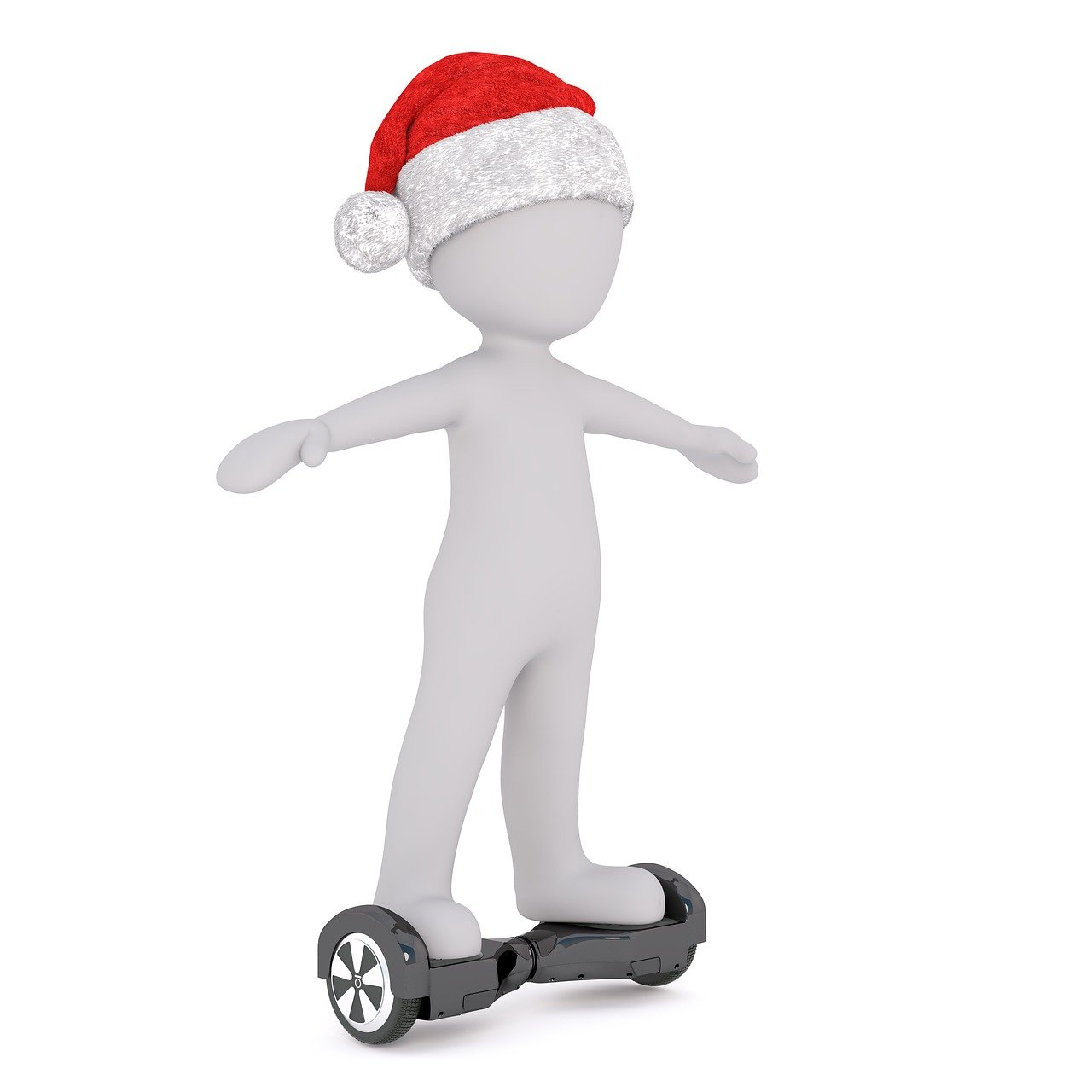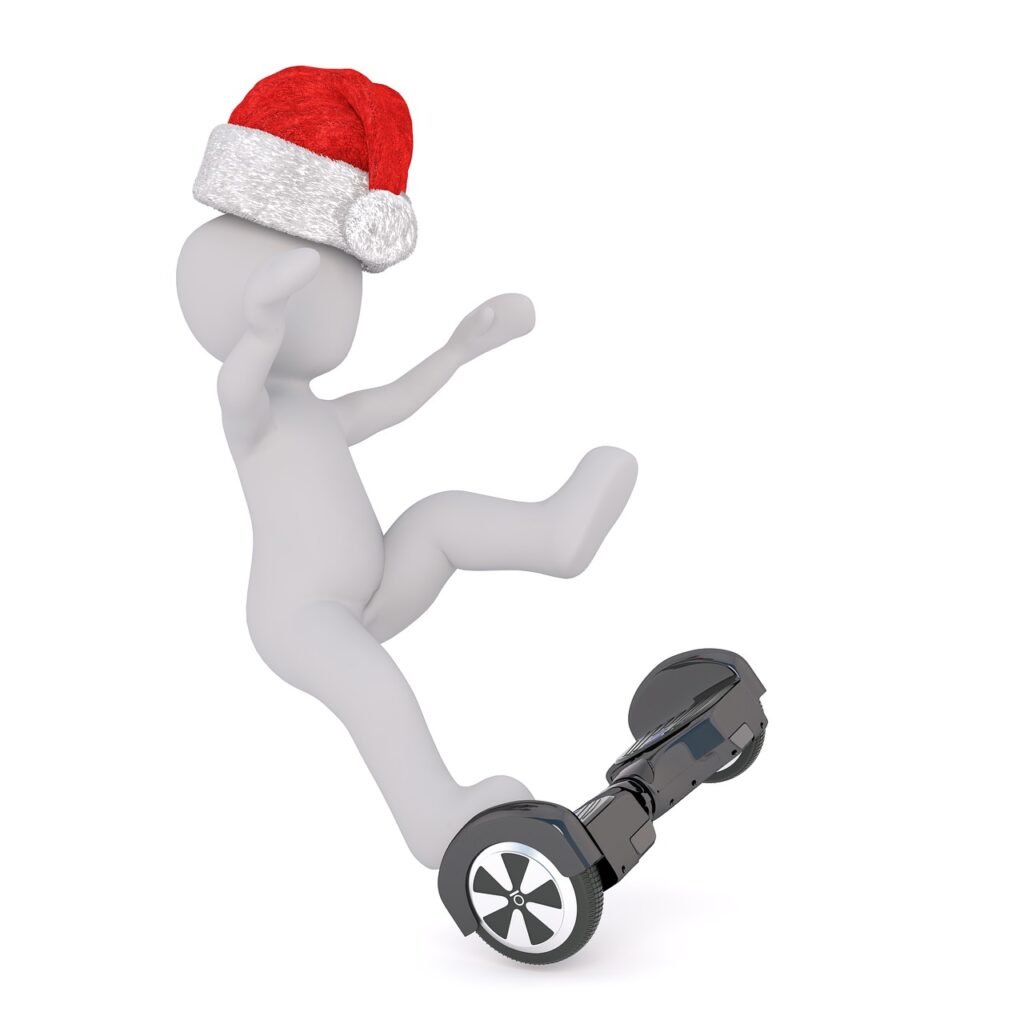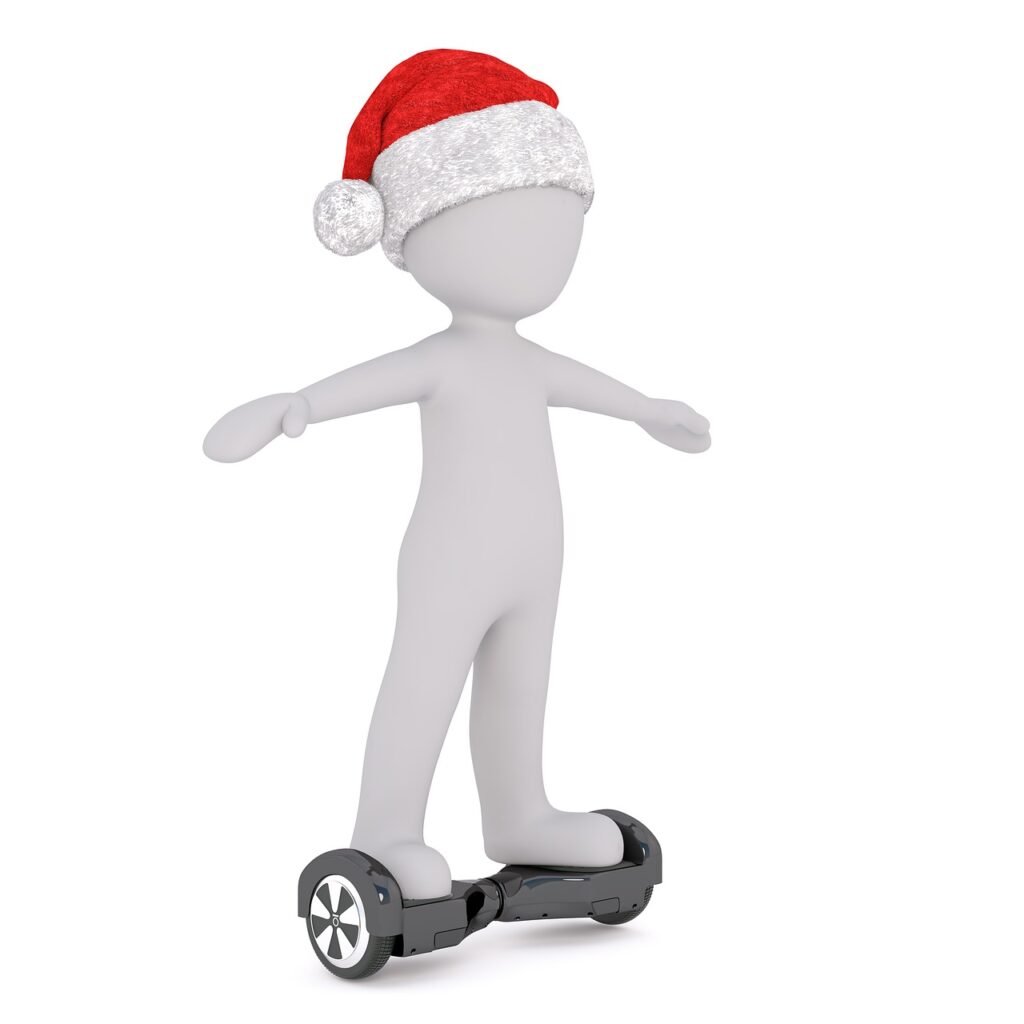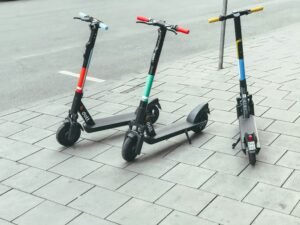
Are you ready to take your scooter skills to the next level? Whether you’re a beginner or an experienced rider looking to improve your balance, this article is here to help you out. From proper body positioning to helpful tricks, we’ve got all the tips you need to become a balancing pro on your scooter. So hop on and let’s get started!

This image is property of pixabay.com.
Check out our product reviews!
Choosing the Right Scooter
Consider the Size and Weight
When choosing a scooter, it is important to consider its size and weight. A scooter that is too big or heavy for you may be difficult to maneuver and control. On the other hand, a scooter that is too small or light may not provide the stability you need. Take into account your height and weight when selecting a scooter, and opt for one that is the right fit for you.
Check the Wheel Size
The size of the wheels on your scooter can greatly affect your riding experience. Larger wheels provide more stability and can handle uneven terrain better, while smaller wheels are more maneuverable and suitable for tricks and stunts. Consider where you will be riding your scooter and choose the wheel size accordingly.
Look for a Sturdy Frame
A scooter with a sturdy frame is essential for safety and durability. Look for scooters made from strong materials such as aluminum or steel, as they can withstand the wear and tear of daily use. A sturdy frame will also provide better support and stability while riding, giving you peace of mind as you navigate the streets or skate parks.
Wearing the Proper Gear
Wear a Helmet
One of the most important pieces of gear to wear while riding a scooter is a helmet. A helmet protects your head from potential injuries in case of a fall or collision. Choose a helmet that fits snugly and is certified for scooter or bike use. Make sure to fasten the straps securely and wear your helmet every time you hop on the scooter, regardless of your riding experience or skill level.
Use Knee and Elbow Pads
In addition to a helmet, it is crucial to protect your knees and elbows by wearing pads. These pads provide cushioning and support in case of a fall or impact. Look for knee and elbow pads specifically designed for scooter or skateboarding use. A properly fitted set of pads will allow you to ride with confidence, knowing that your joints are protected.
Choose Proper Footwear
Proper footwear is another important aspect of staying safe while riding a scooter. Opt for closed-toe shoes with a good grip, such as athletic shoes or skateboarding shoes. Avoid wearing sandals or flip-flops, as they may not provide enough support or grip on the scooter deck. Having the right footwear will enhance your control and minimize the risk of slipping or losing your balance.

This image is property of pixabay.com.
Check out our product reviews!
Positioning Your Body
Keep Your Body Centered
Maintaining a centered body position is crucial for balancing on a scooter. Keep your weight evenly distributed over the scooter deck and avoid leaning too far forward or backward. By staying centered, you can maintain stability and control, making it easier to navigate turns and obstacles.
Bend Your Knees
Bending your knees while riding a scooter helps absorb shocks and enhance your balance. Keeping your knees slightly bent allows you to adjust to uneven surfaces and maintain contact with the scooter deck. It also provides greater flexibility and agility, which are important when maneuvering through tight spaces or executing tricks.
Maintain a Neutral Posture
Having a neutral posture while riding a scooter is essential for stability and control. Keep your back straight and your shoulders relaxed. Avoid hunching over or leaning too far back, as this can throw off your balance and hinder your ability to steer. By maintaining a neutral posture, you will be able to react quickly to changes in terrain and maintain a steady ride.
Practicing Proper Foot Placement
Place One Foot on the Scooter Deck
When starting to ride a scooter, place one foot firmly on the scooter deck. This foot will serve as your anchor and provide stability. Ensure that your foot is positioned slightly forward, allowing your toes to face the direction you want to go. Keep your weight evenly distributed between both legs and get comfortable with the feeling of standing on the scooter.
Use Your Other Foot as a Kickstand
Your other foot, the one that is not on the scooter deck, can be used as a kickstand. This foot will help you balance while preparing to push off or come to a stop. Keep this foot close to the ground, either lightly touching or resting on the floor. It is important not to put too much weight on this foot, as it should primarily serve as a support rather than a propulsion mechanism.
Practice Shifting Your Weight
To maintain balance and control while riding a scooter, it is necessary to shift your weight as needed. When making turns, lean slightly in the direction you want to go. Similarly, when you need to slow down or come to a stop, shift your weight back on your rear foot. Practice shifting your weight smoothly and gradually, rather than making sudden movements that can throw off your balance.

This image is property of pixabay.com.
Mastering Basic Scooter Control
Start with Small Movements
When first learning to ride a scooter, start with small movements to get a feel for the scooter’s responsiveness. Begin by pushing off gently and gradually increase your speed as you become more comfortable. Practice riding in a straight line, then gradually incorporate turns and maneuvers into your practice. Starting with small movements allows you to build confidence and control before attempting more advanced techniques.
Practice Turning
Turning is a fundamental skill in scooter riding, and it is important to practice turning smoothly and confidently. To turn, shift your weight slightly in the direction you want to go and lean into the turn. Keep your eyes focused on where you want to go and use your upper body to initiate the turn. As you gain experience, you can experiment with sharper turns and even learn to carve, which involves leaning your body into the turn and using your body weight to steer.
Learn How to Brake
Knowing how to brake effectively is crucial for your safety and control. Most scooters have a rear brake located near the back wheel. To brake, apply gentle pressure to the brake with your foot, gradually reducing your speed. Avoid stomping on the brake abruptly, as this may cause the scooter to skid or lose balance. Practice braking in a controlled manner, gradually building up your skill and confidence in using the brake.
Perfecting Your Balance
Engage Your Core Muscles
To improve your balance on a scooter, engage your core muscles. Your core includes your abdominal muscles, back muscles, and hips. By activating these muscles, you create a stable and strong center of gravity, which enhances your overall balance. Focus on keeping your core tight and engaged while riding, especially when navigating uneven or challenging terrain.
Use Your Arms for Balance
Your arms play a significant role in maintaining balance while riding a scooter. By using them as counterweights, you can adjust your body and compensate for imbalances. Keep your arms slightly bent and relaxed, allowing them to move freely as needed. Use your arms to make subtle adjustments and shifts in weight, especially when performing tricks or riding on bumpy terrain. By utilizing your arms for balance, you can enhance your stability and control.
Gradually Increase Your Speed
As your confidence and skill level improve, gradually increase your speed while riding a scooter. Start by riding at a comfortable pace, and as you gain more experience, push yourself to go a bit faster. Increasing your speed gradually allows your body to adapt to higher velocities and improves your reaction time. However, always remember to ride within your limits and prioritize safety over speed.
Gaining Confidence
Practice in a Safe and Open Space
When learning to ride a scooter or improving your skills, it is essential to practice in a safe and open space. Look for areas such as empty parking lots, quiet streets, or skate parks that provide enough room for maneuvering and minimal hazards. Riding in a safe space allows you to focus on your technique without the distractions and potential dangers of crowded areas.
Set Achievable Goals
Setting achievable goals is an effective way to boost your confidence and motivation. Start by setting small, attainable goals, such as riding a specific distance or mastering a particular trick. As you accomplish these goals, gradually increase the difficulty level or set new objectives. Celebrate your achievements along the way, and remember that progress takes time and practice.
Take It Slow and Steady
When it comes to scooter riding, taking it slow and steady is key. Rushing or attempting advanced techniques before mastering the basics can lead to accidents or frustration. Focus on building a strong foundation of skills and gradually progress at your own pace. Take breaks when needed, listen to your body, and stay patient. With time and consistent practice, you will gain the confidence needed to excel on your scooter.
Dealing with Uneven Terrain
Adjust Your Body Position
When encountering uneven terrain, it is crucial to adjust your body position to maintain balance. Keep your knees bent and your core engaged to absorb the shocks and bumps. Align your body perpendicular to the ground, leaning slightly forward to maintain control. Distribute your weight evenly between both legs, and be prepared to make quick adjustments if the terrain becomes particularly challenging.
Increase Your Focus
Uneven terrain requires heightened focus and concentration. Keep your eyes on the path ahead, looking out for any obstacles or changes in the ground surface. Anticipate the bumps and dips in terrain, and prepare yourself mentally and physically to navigate through them. By maintaining a high level of focus, you can react quickly and adapt your riding style to the terrain, reducing the risk of accidents or loss of balance.
Choose Smooth Paths
When possible, choose smooth paths or surfaces to ride your scooter on. Smooth pavement or skate parks provide a more predictable and stable riding experience. Avoid areas with loose gravel, potholes, or rough terrain, as they can make it challenging to maintain balance and control. By selecting smooth paths, you can focus on refining your technique and enjoying the ride without unnecessary obstacles.
Maintaining Your Scooter
Regularly Check for Loose Bolts
To ensure your scooter remains safe and in optimal condition, it is important to regularly check for loose bolts. Before every ride, give your scooter a quick inspection, paying attention to the handlebars, deck, and wheels. Tighten any loose bolts to prevent them from falling out or causing the scooter to malfunction while you are riding. Regular maintenance and tightening of bolts will help prolong the lifespan of your scooter and prevent accidents due to mechanical issues.
Keep the Wheels Clean and Free of Debris
Clean and debris-free wheels are essential for optimal scooter performance. Over time, dirt, sand, and other debris can accumulate on your wheels, affecting their grip and performance. Regularly clean your scooter’s wheels using a soft brush or cloth to remove any dirt or debris. Additionally, check your wheels for any signs of wear and tear and replace them when necessary. Well-maintained wheels will provide better traction and ensure a smoother ride.
Inspect and Replace Worn-out Parts
As you ride your scooter, certain parts may become worn out or damaged. Regularly inspect your scooter for any signs of wear, such as cracks, dents, or fraying. Pay attention to components such as the deck, handlebars, and brake systems. If you notice any damage or significant wear, replace the worn-out parts promptly to maintain the safety and functionality of your scooter. Regular inspections and timely replacements will help prolong the lifespan of your scooter and keep it in optimal working condition.
Getting Expert Guidance
Take a Scooter Riding Course
If you are new to scooter riding or want to improve your skills, consider taking a scooter riding course. These courses are often available at skate parks or community centers and provide expert guidance and instruction. An experienced instructor can teach you proper techniques, help you develop good riding habits, and provide valuable feedback on your form and style. Taking a scooter riding course can accelerate your learning and ensure that you have a solid foundation of skills.
Consult with Experienced Scooter Riders
Seeking advice and guidance from experienced scooter riders is another great way to improve your skills. Reach out to experienced riders in your community or online forums and ask for tips and tricks. They can provide valuable insights and share their own experiences, which can help you learn from their successes and avoid common mistakes. Building a network of experienced riders can also provide you with a supportive community that shares your passion for scooters.
Watch Online Tutorials and Videos
The internet offers a wealth of resources for learning and improving scooter riding skills. Watch online tutorials and videos created by professional riders or scooter enthusiasts. These videos can provide step-by-step instructions, demonstrations of techniques, and tips for mastering different maneuvers. Take advantage of the vast amount of knowledge available online to supplement your practice and broaden your understanding of scooter riding.
By following these tips and practicing consistently, you can become a skilled and confident scooter rider. Remember to prioritize safety, wear the proper gear, and select a scooter that suits your needs and abilities. Enjoy the freedom and thrill of scooter riding while continuously challenging yourself to improve. With dedication and perseverance, you’ll be cruising around with ease in no time!



